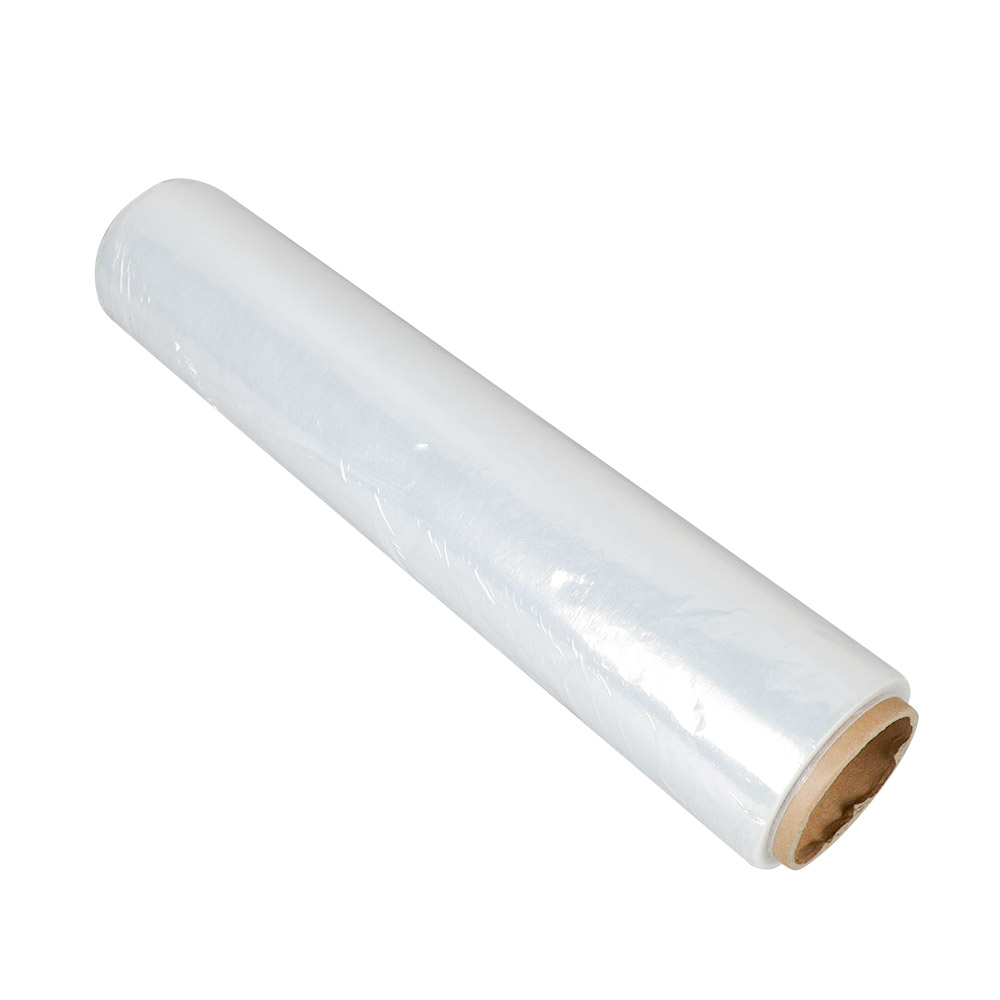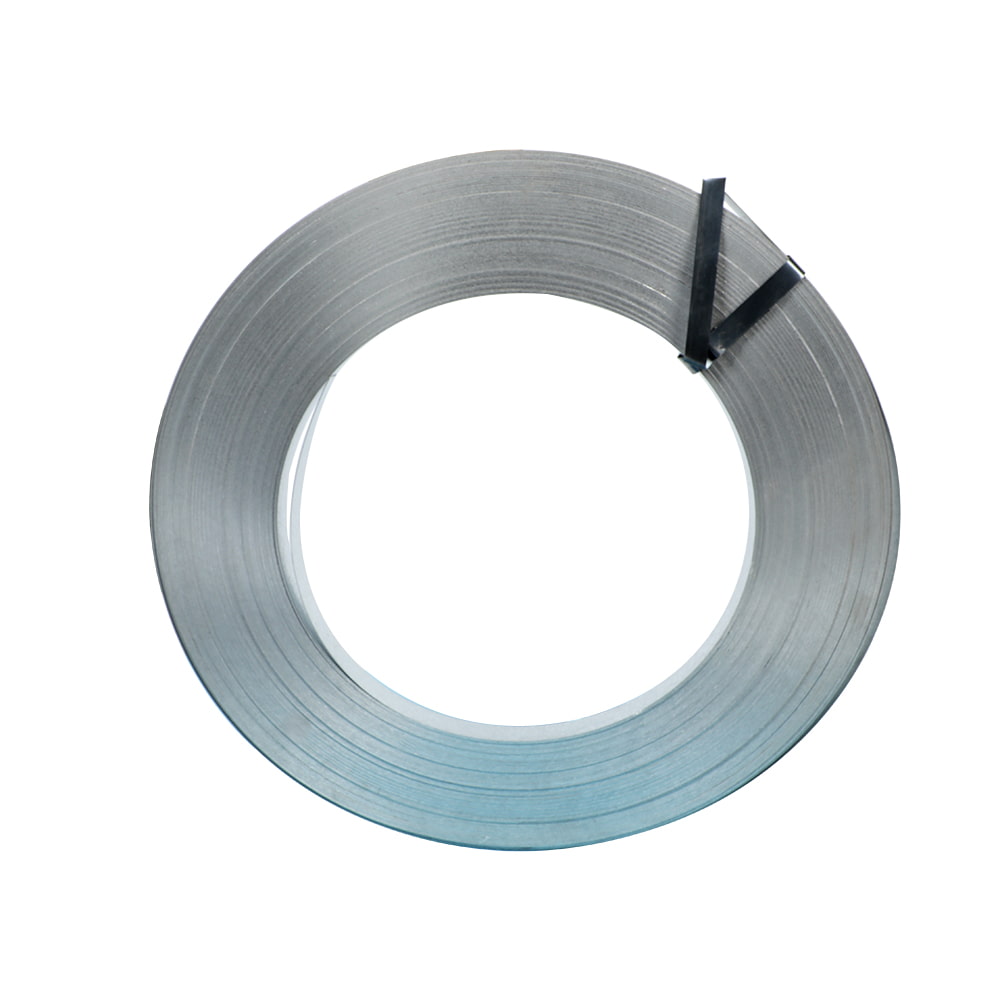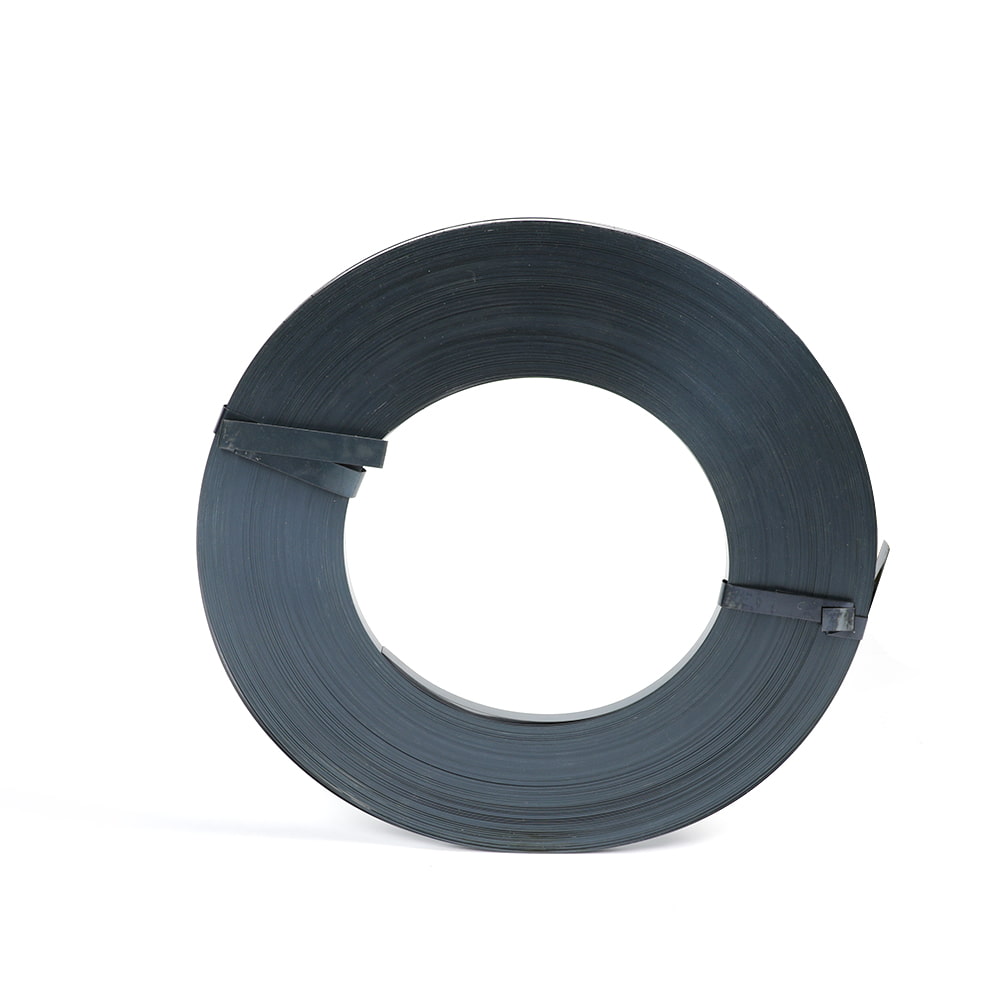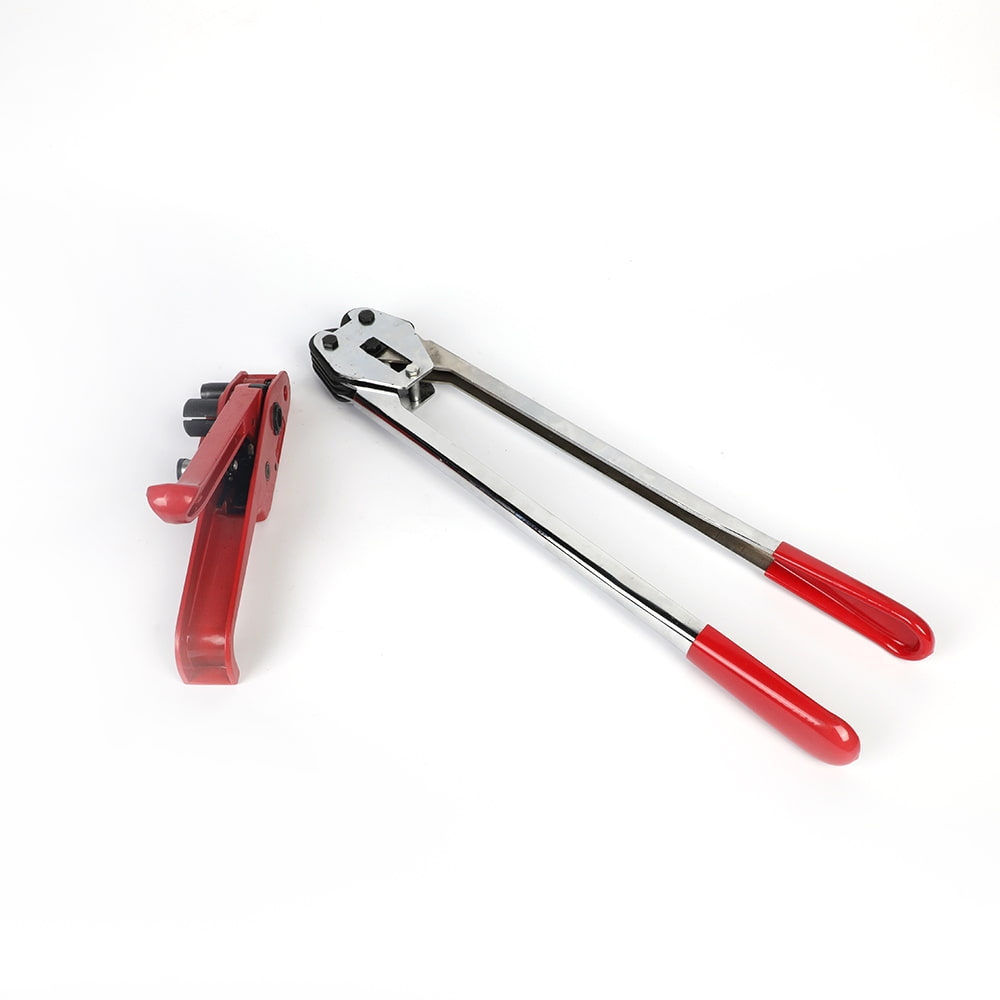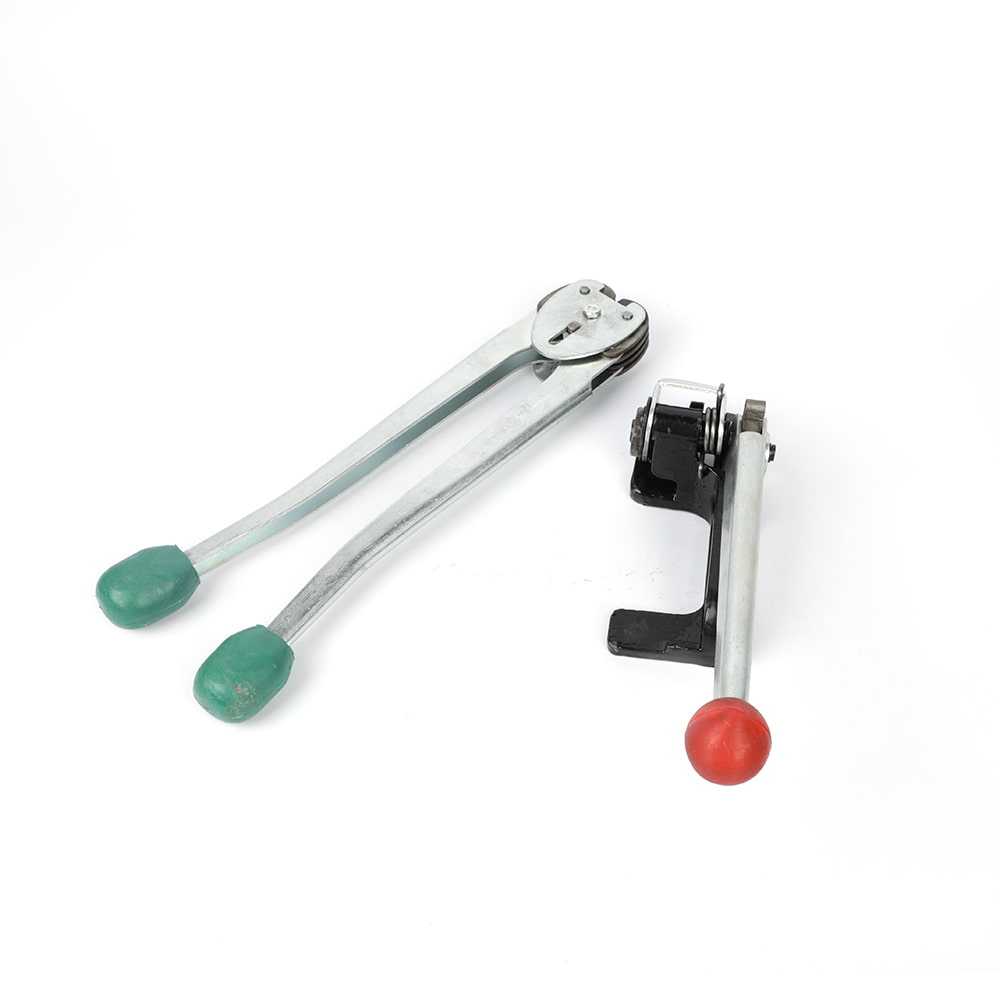Why is Strapping Seal so important in the logistics industry?
Today, with the global supply chain handling more than 3.7 billion pieces of goods per day, a seemingly simple industrial consumable, Strapping Seal, is becoming the cornerstone of supporting the efficient operation of the modern logistics system. From the automatic sorting line in Amazon's smart warehouse to the 10,000-ton cargo ship across the Pacific Ocean, this strip material with a width of less than 5 cm is redefining the safety standards and operational efficiency of cargo transportation.
1. Dual innovation of physical protection and digital tracking
According to the 2023 annual report of the International Transportation Safety Committee (ITSC), the direct economic losses caused by cargo damage have climbed to 7.2% of the total global logistics costs. Through breakthroughs in materials science, Strapping Seal has increased the tensile strength of the polyester fiber and steel core composite structure to 9000N/5cm, and successfully withstood the continuous vibration equivalent to a magnitude 3.2 earthquake in Walmart's actual test. FedEx Asia Pacific Technical Director pointed out: "After we switched to laser-welded Strapping Seal for the transportation of precision instruments, the cargo damage rate dropped by 54% year-on-year."
The integration of IoT technology has evolved Strapping Seal into an intelligent monitoring terminal. The embedded micro-sensor can collect tension data in real time, and when the strapping force deviates from the preset threshold, the system will automatically trigger an early warning. Maersk Line's case shows that Strapping Seal equipped with NFC chip helped it shorten the time for unpacking and inspection of goods by 83%, while increasing the efficiency of evidence in transportation disputes by 6 times.
2. The lever fulcrum of full-link cost control
The lightweight revolution of Strapping Seal is reshaping the logistics economic model. Compared with traditional steel belts, carbon fiber reinforced Strapping Seal reduces weight by 80% while increasing the cargo capacity of a single air container by 4.7%. DHL's financial report disclosed that after the full application of the new Strapping Seal on transatlantic routes, the unit transportation cost dropped by 13%, and the fuel consumption was reduced by 2,800 tons per year.
In the operation link, the application of the fully automatic Strapping system has produced disruptive benefits. According to the smart warehouse data of JD Logistics, the pneumatic Strapping robot can reduce the time of fixing a single piece of goods to 1.2 seconds, which is 500% more efficient than manual operation and saves 42% of labor costs. This efficiency improvement is particularly significant during peak periods such as "Double Eleven". By deploying this technology, SF Express has exceeded 8 million pieces of peak daily processing capacity.
3. Strategic tools for green transformation
Faced with the pressure of new policies such as the EU Carbon Border Adjustment Mechanism (CBAM), bio-based Strapping Seal has become the key to breaking the deadlock. The polycaprolactone (PCL) material developed by BASF can be completely degraded in the soil within 6 months, and its life cycle carbon emissions are 67% lower than traditional products. Unilever has established a closed-loop recycling system for Strapping Seal, which will regenerate 12,000 tons of PET materials each year through chemical depolymerization technology.
This environmental protection practice is generating significant commercial value. According to PwC analysis, companies that use traceable Strapping Seal have an average increase of 1.8 levels in ESG ratings and a 22% reduction in financing costs. According to the shipping data of Kuehne + Nagel, the customs clearance speed of containers using green Strapping Seal is increased by 31%, and it has obvious advantages in ports with strict environmental protection supervision such as the Port of Rotterdam.
4. Future battlefield: intelligent perception and adaptive protection
The fourth generation of Strapping Seal equipped with AI diagnostic function has appeared at the forefront of the industry. This type of product can warn 80% of potential breakage risks 72 hours in advance through distributed fiber optic sensing technology. After applying this technology in the transportation of its automotive parts, the German Bosch Group successfully reduced the insurance claim rate to 0.17‰, a new low in the industry.
In the field of special logistics, phase change material Strapping Seal is solving the problem of extreme temperature control. Tests by Medline Medical Logistics Company show that its Strapping Seal for vaccine transportation can maintain a stable elastic modulus in an environment of -70℃, and the temperature fluctuation is controlled within ±0.5℃, providing key protection for the transportation of biological agents.
From the stress distribution of container corners to the hash value of blockchain traceability data, Strapping Seal is reshaping the logistics industry in both micro and digital dimensions. It is not only a physical bond for bundling goods, but also a key technical carrier that connects efficiency improvement, safety assurance and sustainable development, and continues to promote the intelligent evolution of the global supply chain.

 EN
EN 
 English
English 中文简体
中文简体

